The Thomas Greenway Story
By Ken Corn
Polk county resident Thomas Greenway stands over his dining room table and spreads out a pile of old black and white photographs he took in Korea seventy years ago.
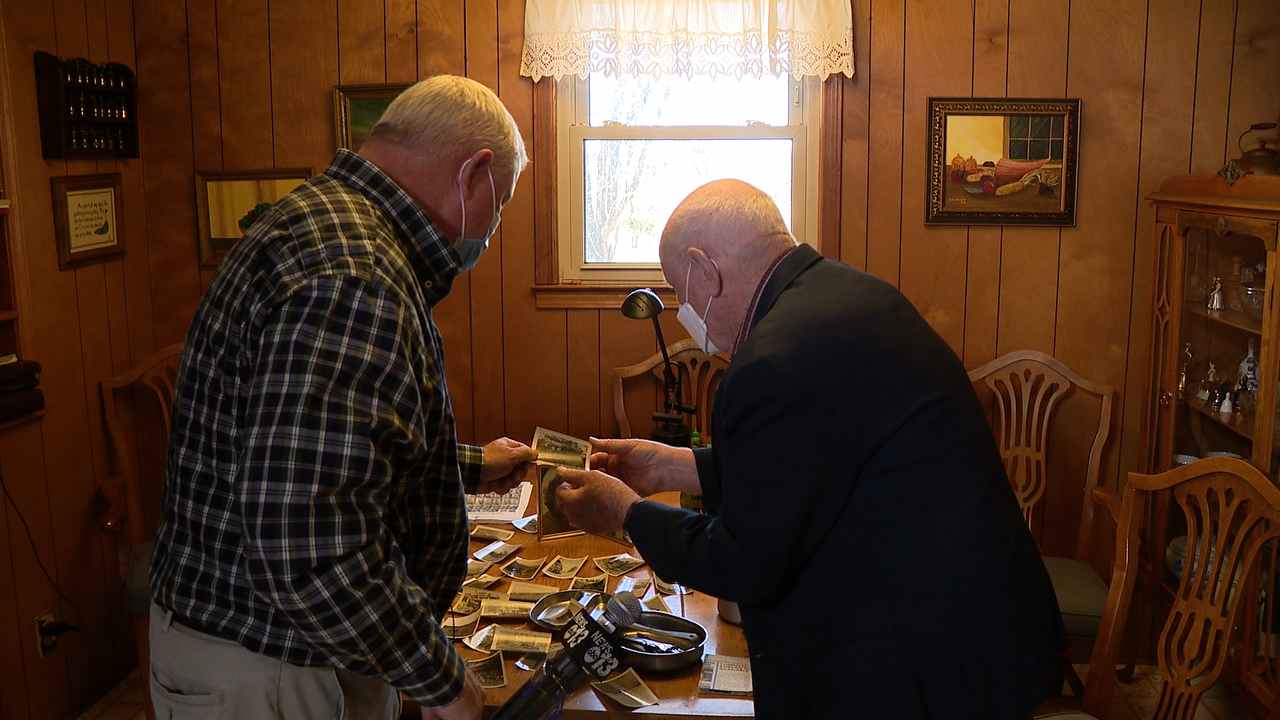
VP Ken Corn talks with Korean War Combat Medic Thomas Greenway at his home in Polk County.
“That’s a helicopter bringing men down to the 121 EVAC hospital from the front line,” Greenway says as he holds up a picture of a military helicopter. The copter in Greenway’s photo looks identical to the helicopters flying across the opening credits to the famous 80’s television show M*A*S*H. “They had a stretcher on the outside, one on either side.”
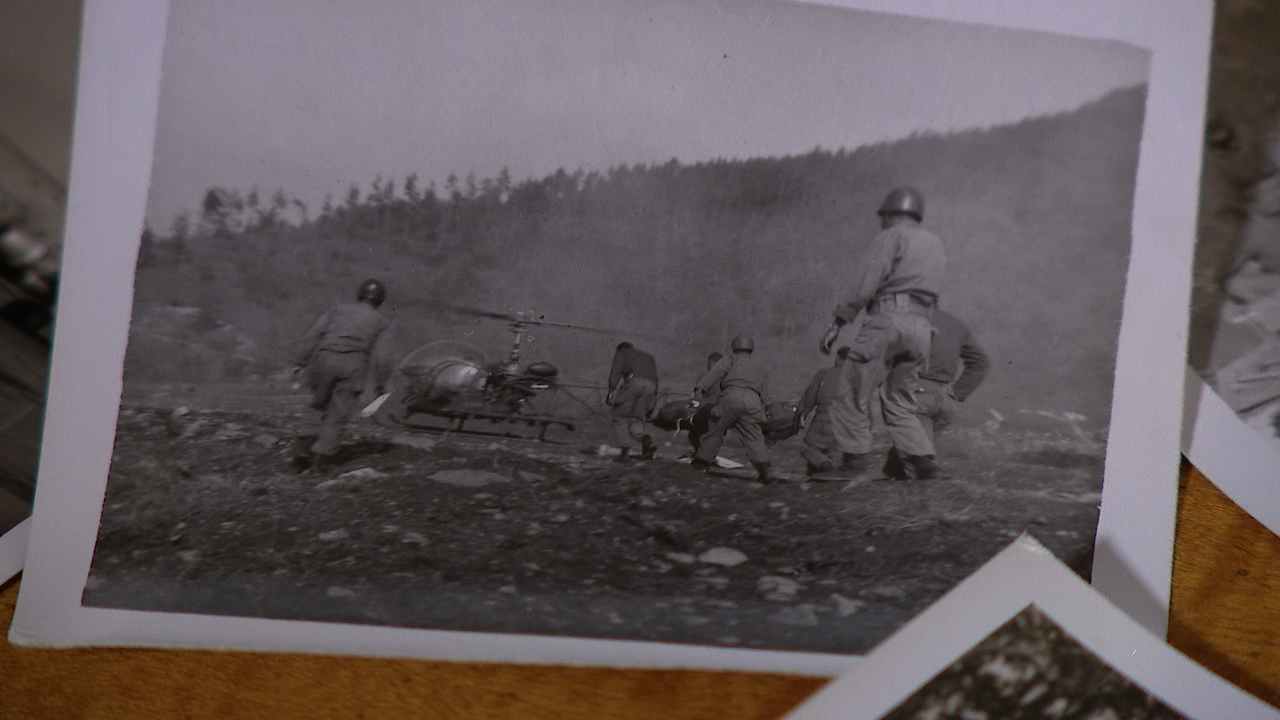
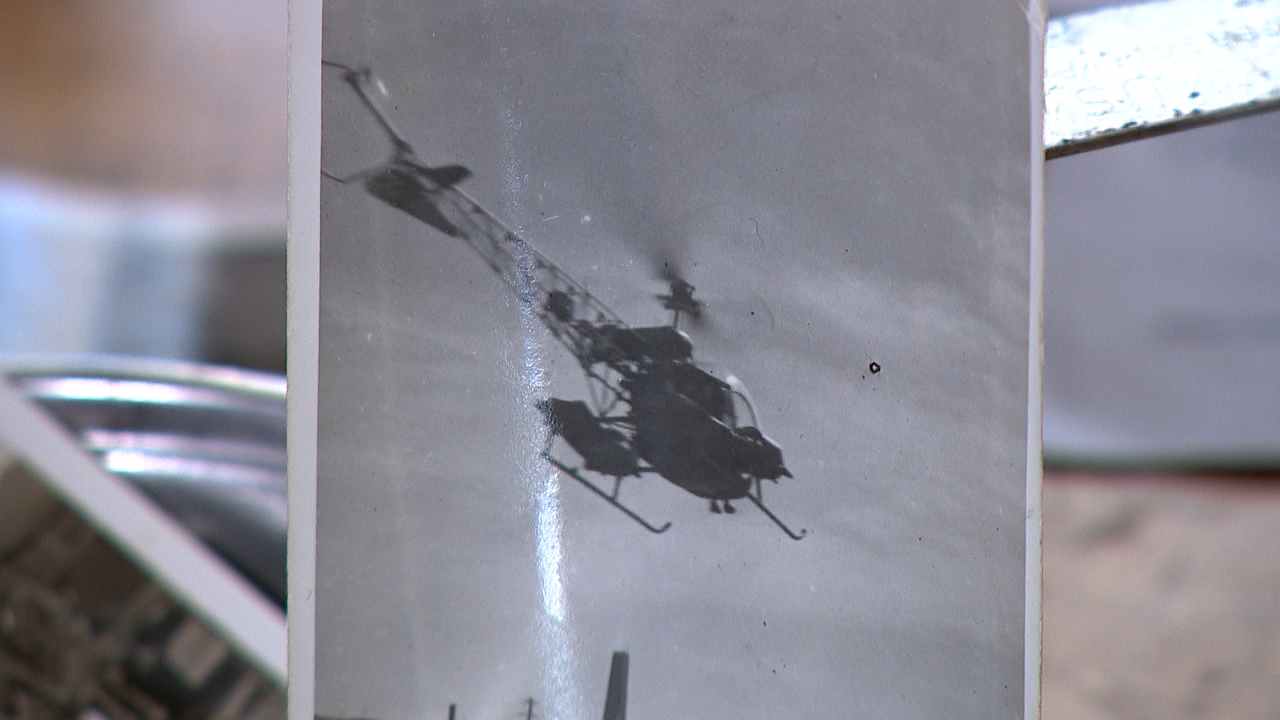
Greenway graduated from high school in 1949, only four years after the end of WWII. He knew from news reports that America started drafting young men to serve in the new war in Korea. Greenway said he had a plan.
“The first thing I done is join the Airforce to stay out of the Army,” said Greenway. “And then they froze the enlistments, and six months later I got a letter from Harry to be examined.”
When Greenway says a letter from “Harry”, he means a draft notice from President Harry Truman. The notice said Greenway needed to report to the US Army’s closest intake center to get a physical to see if he was fit for duty.
The draft notice presented a problem for Greenway. Greenway was a faithful man, very involved in his church. Greenway said he believed in the ten commandments and didn’t want to break them. He also didn’t want to tell the US Army that he was a conscientious objector. So Greenway says he went to basic training hoping he could somehow serve his Country without having to take another man’s life.
“I didn’t want to shoot anybody so they put me right where I wanted,” said Greenway. The Army trained Greenway to be a combat medic. “When I went out on patrol, I could carry a weapon or I could just carry a aid kit and a stretcher, whatever I want to.”
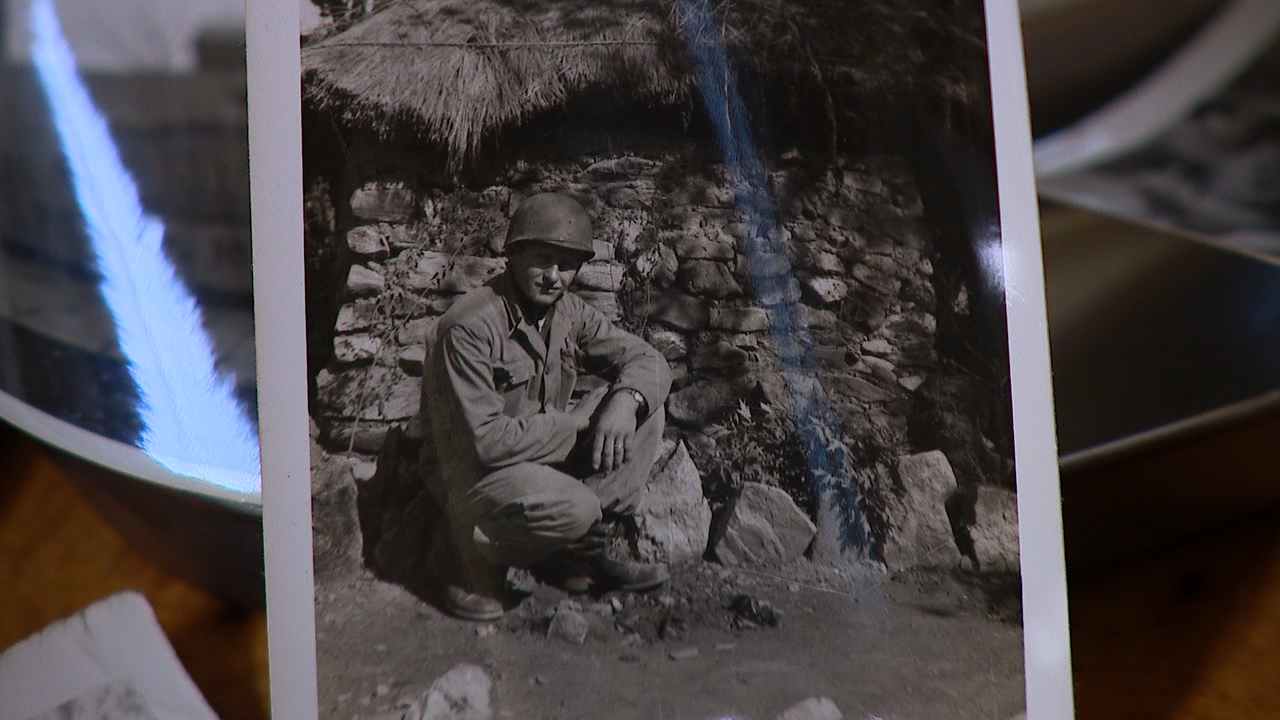
Command assigned Greenway to the 121st EVAC Hospital in Ascom City, Korea. Greenway said EVAC Hospitals were like regular hospitals further back from the front lines. No weapon needed to do his job.
“And that is where I said I thought I had it made,” said Greenway. “But within two or three months they needed medics on the front lines and I went up there as a front line medic.”
Greenway ended up on a Korean mountain range the Americans nick named “Heartbreak Ridge.”
“It was a hill where they, a lot of fighting and a lot of people got killed there,” said Greenway. “That was the reason they called it “Heartbreak Ridge.”
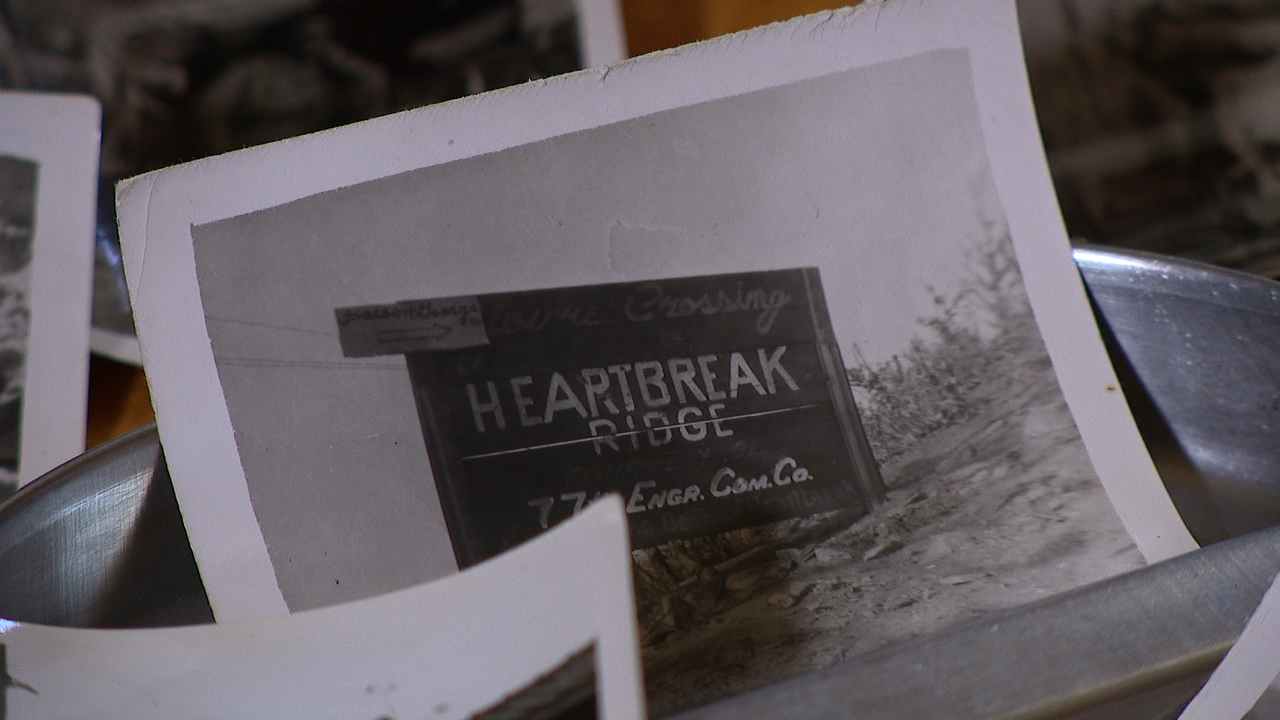
On the front line, Greenway’s new job was to go out on patrol with four men he called “stretcher bearers” and pick up wounded soldiers. Even though he was in a combat zone, he still didn’t carry a weapon.
“I had the aid kit,” said Greenway. “I had what we called a Morphine syrette. It looked like a little tube of toothpaste with Morphine in it. I would cut a hole into his coat and everything under it and give him a shot through that hole, then pin that little syrette to his jacket so they would know at the aid station that I gave him Morphine.”
One evening, Greenway remembers when an Officer stopped him and his stretcher bearers before they went out on patrol. The Captain asked Greenway’s friend, Private Harrington, ‘where is your weapon?’
“He says, ‘I don’t have one,’ and showed him his syrettes and aid kit,” said Greenway. “He said, ‘Captain, I have picked up a lot people with their rifle laying beside of them. People that came over on the same ship I did.”
In Korea, it didn’t make a difference what you carried said Greenway.
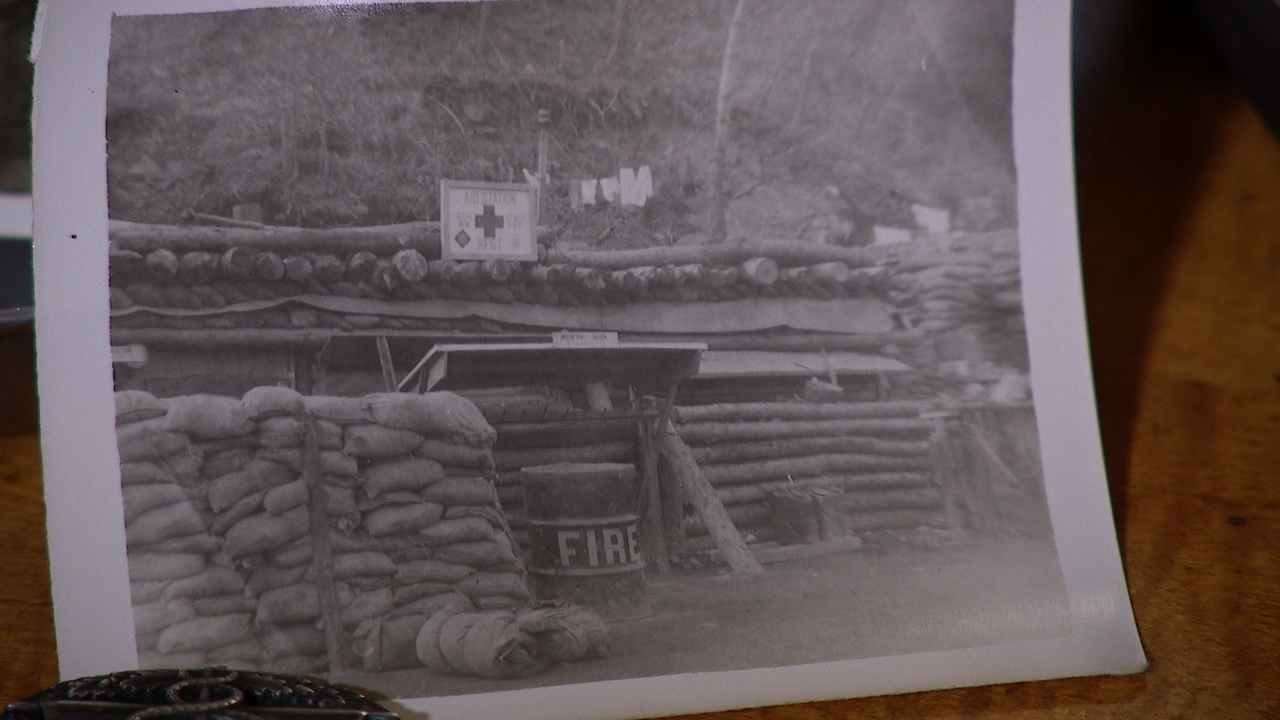
Greenway remembers that the hills were so steep and rocky that land mines were more dangerous to the medics than bullets.
“One of them stepped on a rock and his feet slid out from under him and he slid down into a mine and it went off,” said Greenway. “We went down to get him on the stretcher and stepped on another one and it finished killing the man on the stretcher. One of the medics carrying the man, it blow his legs off.”
After thirty days of serving on the front lines, Command moved Greenway back to the 121st Evac Hospital and awarded him with a combat badge.
“If anybody said they weren’t afraid, they were just fibbing,” said Greenway.
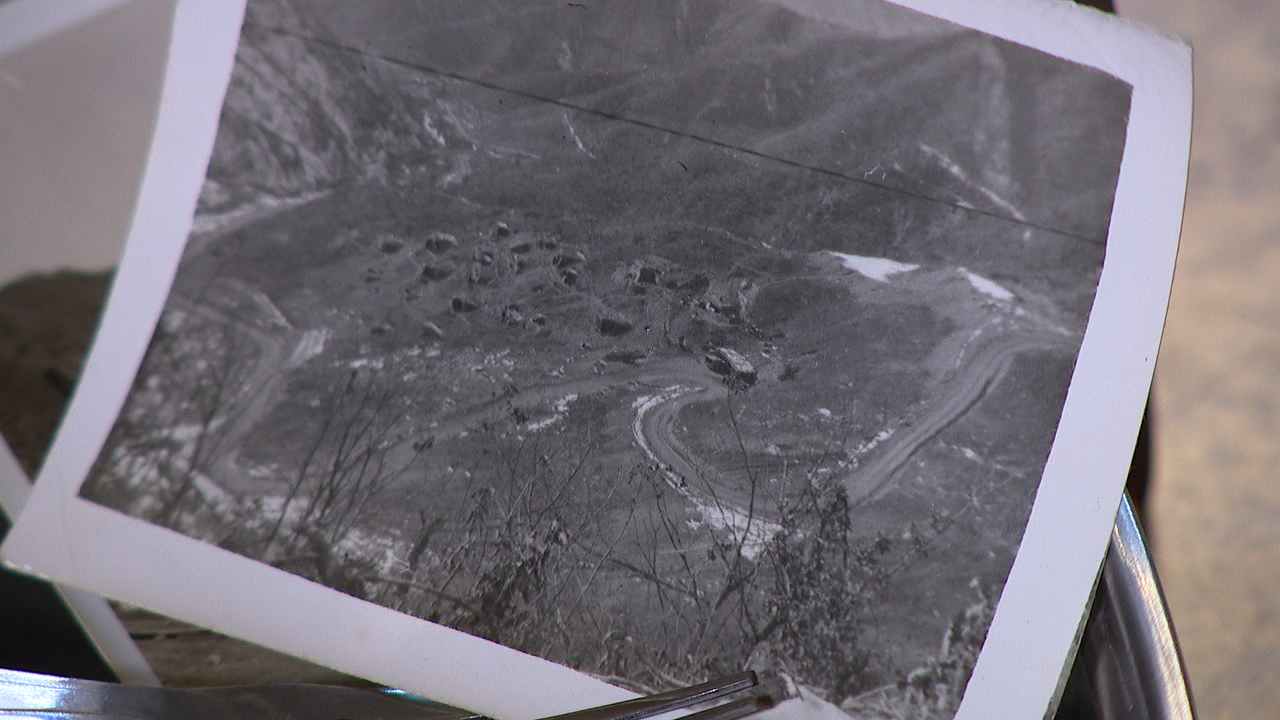
Greenway would have one more close call before leaving Korea.
“Along about January of 53’, I went to Japan on R&R,” said Greenway. “When I got down to Seoul airbase they said, ‘we got three places to go, Osaka, Tokyo, and Kokura’. They said ‘the Tokyo plane was pretty well loaded. It would be better if you go to one of the other places’. I said, ‘just to get away for over here, doesn’t make a difference where I go’. So I went to Kokura.”
“Seven days later, I came back and landed in Seoul,” said Greenway. “They called us all up to the platform there and they gave us paper, pencil, and an envelope and said, ‘write home’. The plane that went to Tokyo hit a mountain in Korea the first of 53’ and killed everybody on it.”
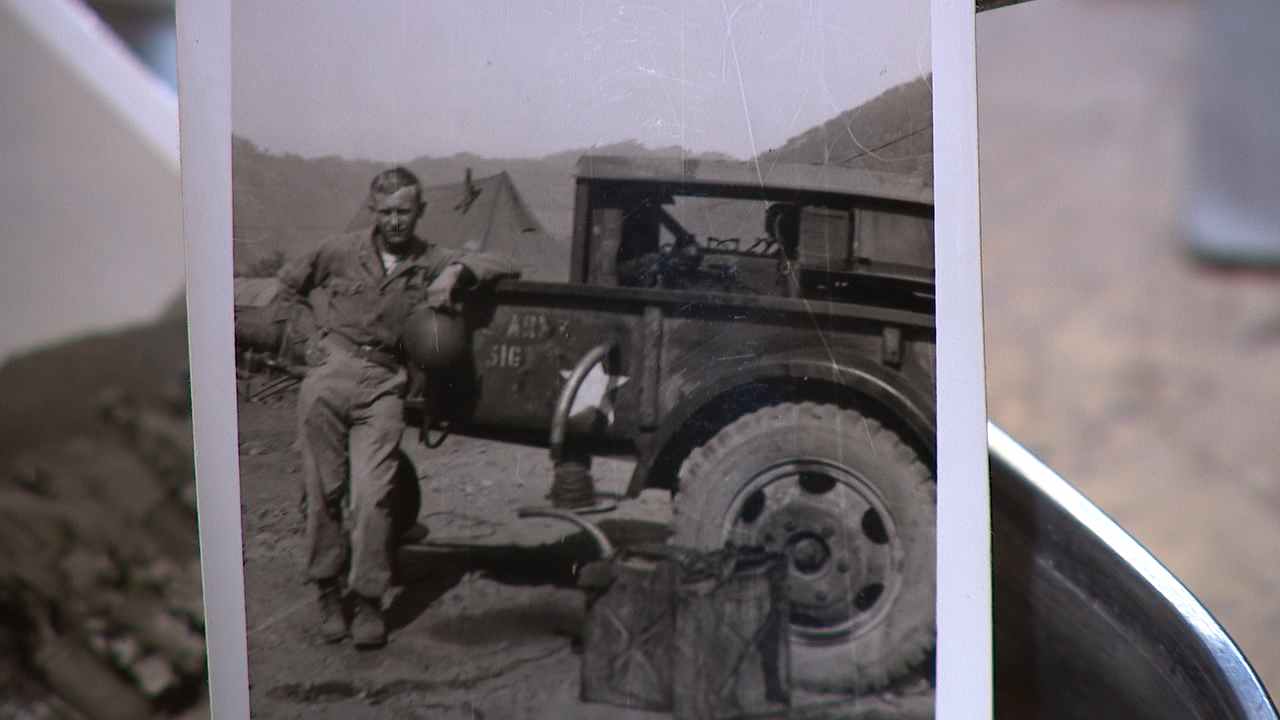
Not long after that letter, Greenway said he got some good news.
“One of my buddies came up and said, “Now your name is on the bulletin board to go home’, said Greenway. “So we was real happy about that.”
Greenway survived the Korean war without firing a single shot.
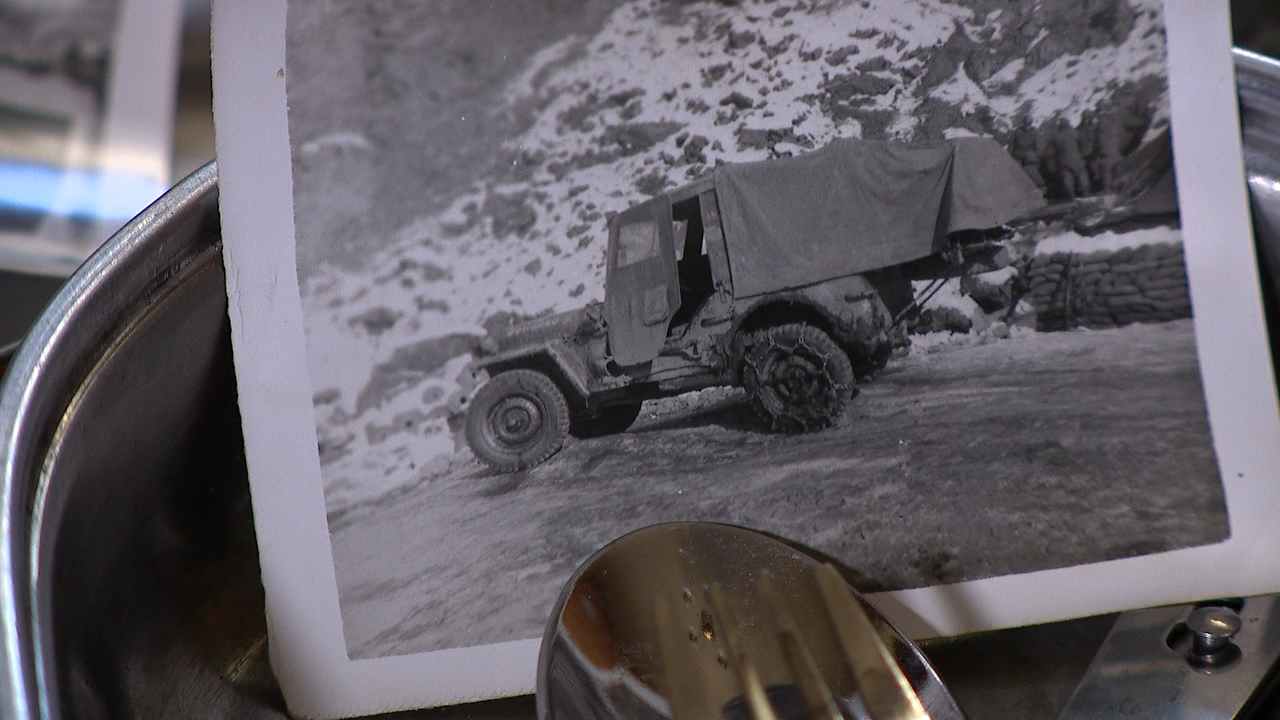
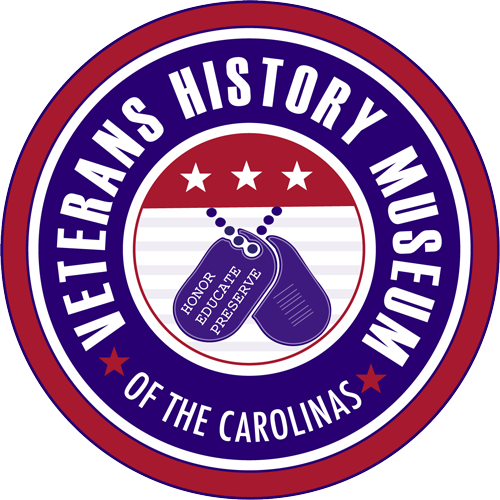
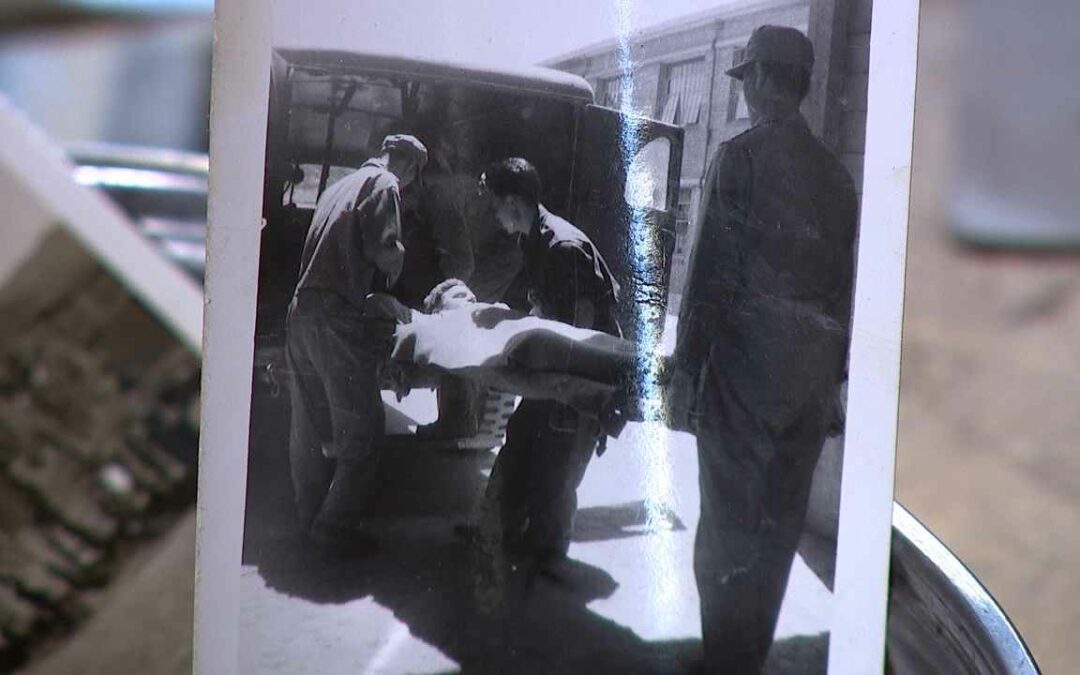
Hi I’m trying to find out information about my father receiving a silver star. His SVC NR RA 12308509 He was wounded when carrying a Sargent out of an air strike
My Dad was a Staff Sergeant and Medic in Korea and I am looking for further specific information. He never talked about his service and I am looking for information regarding his service time. All would be helpful and appreciated. Thank you
Dale, My Dad was also a medic in Korea. He is now 91 years old. When I was younger we had sat outside and watch the storms come through. When it would thunder he’d say it sound like the big guns going off in Korea. And that’s all he would say about Korea. And when my mother passed away dad was 90. We we’re going through pictures and there were pictures of him in the Korea. And that’s when he started to tell me and my wife about leaving the US on a ship. Showing up in Korea and getting put on a truck with six other medics and dropped off at the bottom of the hill at a trench and sent up. His first day in Korea. The Chinese would get them all doped up and blow their bugles and send them over the hill. One night in the tent with 12 other US soldiers. Dad was still awake. A Chinese came in the tent with a knife dad hollered and they got up and killed the Chinese soldier. He said he didn’t remember much being on the hill but when they got down off the hill they drank beer and everybody got awards. He tought hard but he said he could not remember everything that went on the hill.
My father also served. The army records building suffered a fire and many records were lost. I have not been able to get any info on my father’s service.
My grandfather was Herb Walter from Ohio. Served as a medic. He was in Japan when the war started and got sent straight over. I have a picture of him outside the 8063rd MASH receiving sign.
I believe my father, Robert Ziolkowski, from Ashland, WI, was also a medic in the Korean War. Is that name familiar to you?